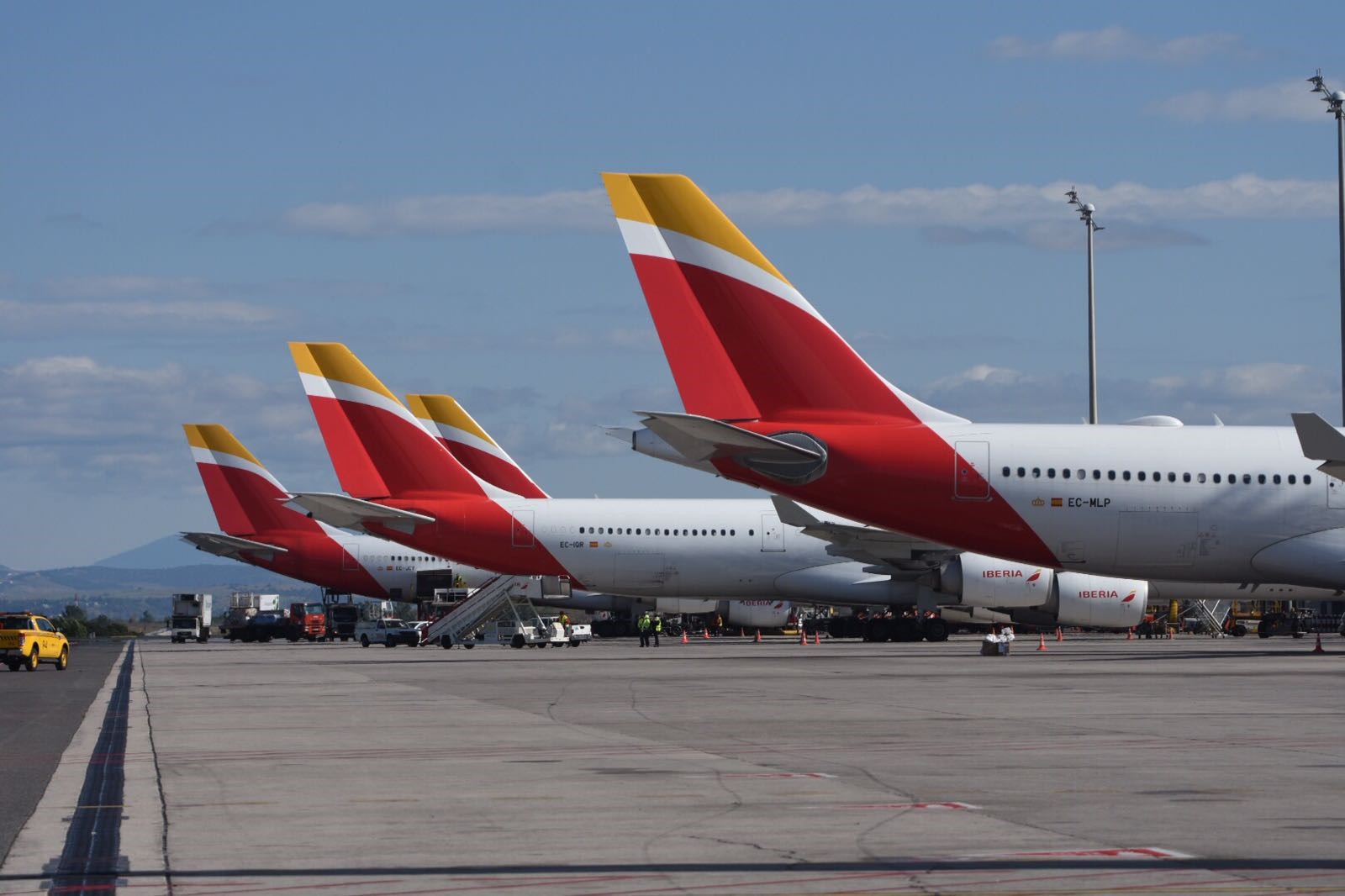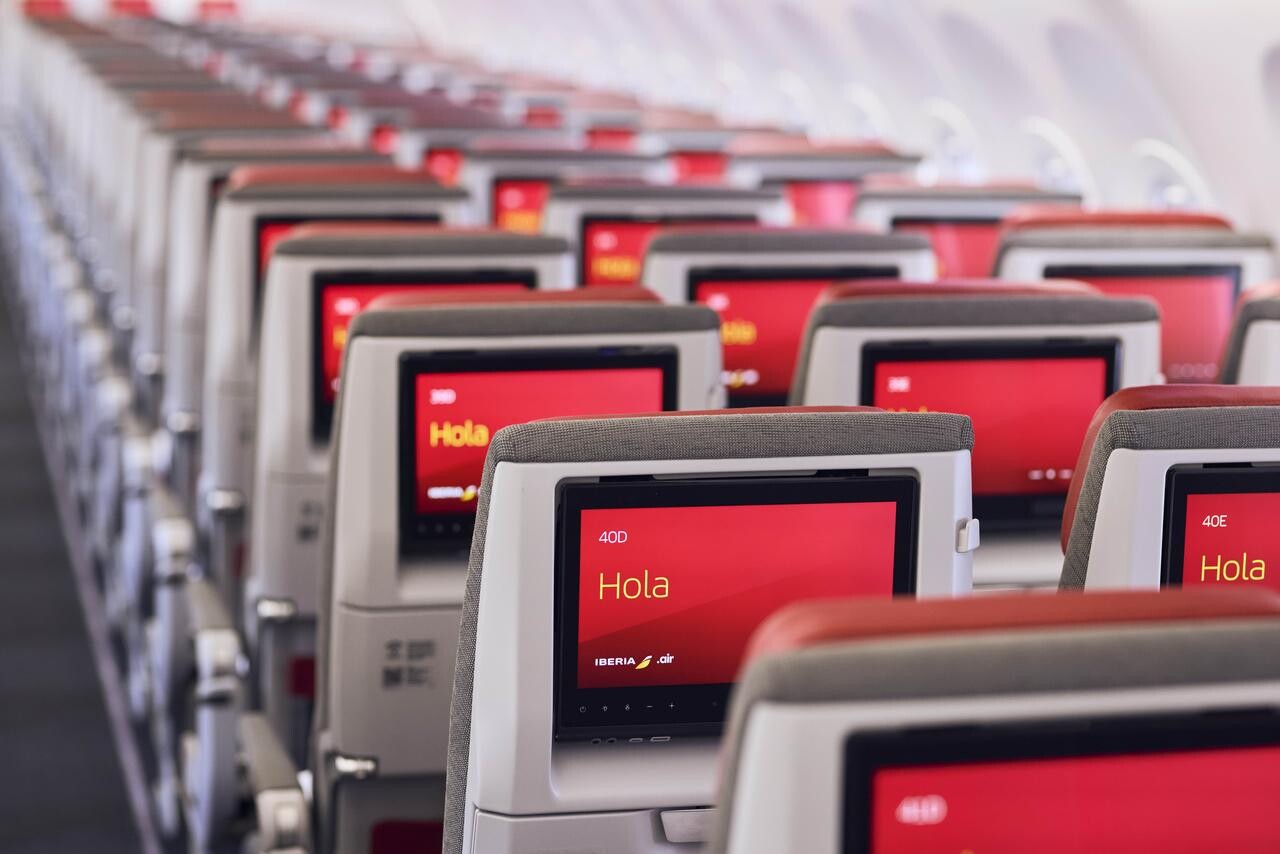How many passengers does Iberia transport each day between Colombia and Spain? The airline's corporate director reveals.

Iberia, Spain's flagship airline, will celebrate eight decades of connection with Latin America in 2025, a region that represents almost half of its global business. With a renewed fleet and an ambitious growth strategy, Iberia is positioning itself as a key bridge between Europe and Latin American markets, with a special focus on Colombia, one of its most dynamic destinations.
In this interview with EL TIEMPO, Juan Cierco Jiménez de Parga, Iberia's corporate director, shares the keys behind this commitment, the operational challenges, the evolution of demand, and Colombia's strategic role in the network of routes that strengthen the cultural and economic ties between both continents.
What has been Latin America's role in Iberia's global strategy? It's essential. Nearly 50% of our business is generated in Latin America. We're committed to constant growth: last year we grew by 14% and this year by 4%. In 2024, Iberia launched more than 5.3 million seats in the region. During the summer season, we operated more than 330 weekly flights between Madrid and Latin America, surpassing the 280 flights for summer 2023. We operate operations to 18 destinations in 16 countries and reach 123 destinations thanks to codeshares with regional airlines such as LATAM, Avianca, Aeroméxico, Gol, Aerolíneas Argentinas, among others. In 2025, we will celebrate the 80th anniversary of the first Madrid-Buenos Aires flight, and our commitment to Latin America remains our core business, Europe's gateway to the region. Colombia plays a very prominent role, with three daily flights to Bogotá, as well as Buenos Aires and Mexico City, ensuring very strong connectivity.
Which Latin American destinations have shown the greatest growth in demand over the last year? The main markets are Mexico, Argentina, and Colombia, and we are also expanding frequencies in Lima, Santiago de Chile, Puerto Rico, and the Dominican Republic. Brazil is a significant investment, with new destinations such as Fortaleza and Recife thanks to the addition of Airbus XLR aircraft, which can serve these long-haul routes. In short, the three key markets are Mexico, Colombia, and Argentina, with Brazil making a strong entrance soon.

Iberia will have the highest connectivity in its history by 2025. Photo: Private Archive
By 2025, we will have 770,000 seats connecting Spain with Colombia, equivalent to approximately 770,000 passengers round-trip between Bogotá and Madrid. We operate three flights daily, which means transporting around 2,000 people per day. Before the pandemic, in 2019, we only had 10 weekly frequencies; now we have 21, and the challenge is to maintain the profitability of these frequencies. Fourteen percent of all the seats Iberia offers in Latin America are destined for Colombia.
What investment is Iberia planning to invest in fleet renewal, especially for Latin America? We have announced the addition of several Airbus A350s (six new aircraft coming soon) and five Airbus A321XLRs in the coming months. The long-haul fleet will soon exceed 60 aircraft. A large portion of this fleet will be destined for Latin America, maintaining our leadership between Europe and this region. Exact investment figures are not disclosed, but being part of the IAG group gives us the negotiating leverage to obtain better-than-list prices.
Will these new planes arrive in Colombia? Yes, although the A321XLRs cannot reach Colombia due to range limitations, the Airbus A350s are being assigned to routes to Bogotá due to the altitude and power requirements for operating out of El Dorado. These aircraft are the most modern and efficient, with lower fuel consumption and emissions.
What are Iberia's main challenges in Latin America in terms of operations and regulation? The biggest challenge is maintaining profitability, with the 12-15% operating margin the group demands. Maintaining three daily flights to destinations like Mexico, Buenos Aires, and Bogotá with high load factors is not easy, so we are closely monitoring market developments and the competition. The focus remains on consolidating and growing in profitable markets.
What explains the resilience of demand for Colombia after the pandemic? The pandemic has changed travelers' mindsets, and they now value tourism more. Furthermore, demand is not limited to tourism: there is a strong influx of people traveling for family, work, or business reasons. The human, cultural, and economic relationship between Colombia and Spain is very strong, ensuring constant demand, even in difficult times.
What does the increase in foreign tourists in Spain mean for airlines like Iberia? Spain broke records with 94 million tourists in 2024 and expects to surpass 100 million in 2025. This means that Spain must manage sustainable and balanced tourism, generating social and economic benefits and supporting the quality of life of residents. It's not enough to simply increase the number of tourists; the lives of tourists and citizens must be made compatible with investments in housing, sustainable mobility, healthcare, and environmental protection.

Iberia expects to reach its highest ever connectivity in 2025. Photo: Courtesy.
The airline industry faces significant challenges, primarily in environmental and social sustainability. Airlines must be more environmentally friendly, which is why fleet renewal with more efficient aircraft is essential. The future lies in balancing sustainability, profitability, and customer service, with varied models for different segments.
Camilo Peña Castaneda - Editor of Today's Life
eltiempo





